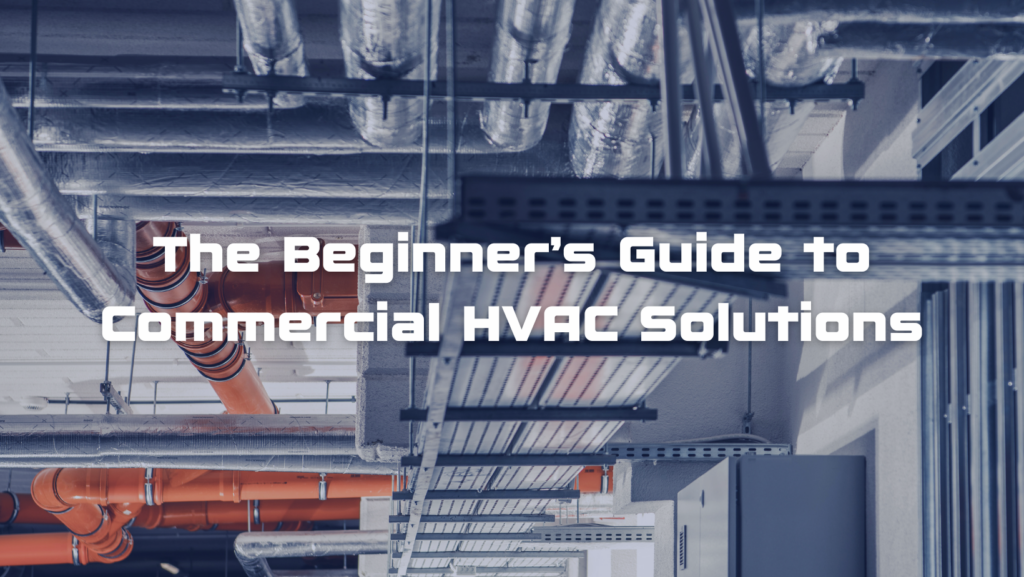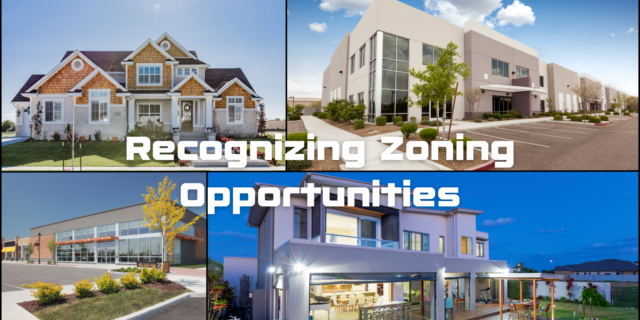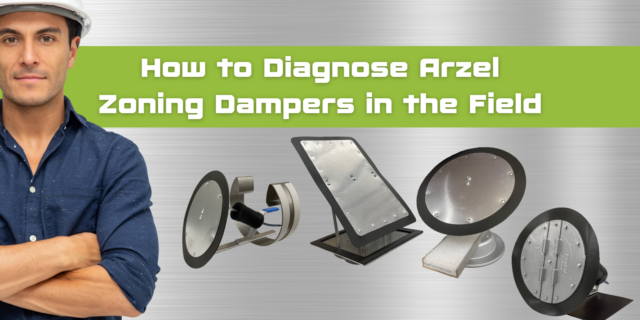The Beginner’s Guide to Commercial HVAC Solutions

Are you working with commercial clients yet? If you’re ready to add commercial clients to your roster, but unsure of the options out there, this blog is for you. We’ll discuss the different ways to ensure optimal comfort and efficiency in commercial buildings by installing the right HVAC system. Commercial spaces don’t always have the same solutions as residential settings, so we’ll talk about the unique requirements in commercial buildings that necessitate specialized solutions. And since we have “zoning” right there in our name, we’ll also focus on commercial HVAC zoning systems.
Understanding Commercial HVAC Solutions
Commercial HVAC solutions are designed to meet the diverse needs of various commercial buildings. These needs can vary based on the use, whether it’s an office building, retail space, or an industrial facility. Commercial HVAC solutions provide precise control over temperature, humidity, and air quality. These systems play a crucial role in maintaining a comfortable and productive environment.
Types of Commercial HVAC Systems
Packaged HVAC Systems
One common option for commercial spaces is the packaged HVAC system. These units house all components—such as the compressor, condenser, and evaporator—in a single cabinet. This streamlined design makes installation relatively straightforward and ensures efficient operation. However, these systems may be limited in terms of customization.
Split Systems
Split HVAC systems are another popular choice, comprising both indoor and outdoor units. The indoor unit contains the evaporator, while the outdoor unit houses the compressor and condenser. This configuration allows for greater flexibility, making split systems suitable for a variety of commercial applications.
VRF Systems
Variable Refrigerant Flow (VRF) systems offer advanced control and energy efficiency. These systems use refrigerant to transfer heat between indoor and outdoor units, allowing for simultaneous heating and cooling in different zones. VRF systems are well-suited for large commercial buildings with varying heating and cooling needs.
Chilled Beam Systems
Chilled beam systems are a more innovative approach to commercial HVAC. These systems use convection and induction to cool or heat spaces, offering a quiet and energy-efficient solution. Chilled beam systems are particularly effective in open office layouts and spaces with high ceilings.
The Role of Commercial HVAC Zoning Systems
Now, let’s dive deeper into the concept of commercial HVAC zoning systems. Zoning is the practice of dividing a building into distinct areas, or zones, and providing individualized control over the climate in each zone. This not only enhances comfort but also contributes to energy savings by directing conditioned air only where it’s needed.
Benefits of Commercial HVAC Zoning Systems
Energy Efficiency
Commercial HVAC zoning systems enable precise control over temperature in different areas of a building. By heating or cooling only the occupied zones, energy consumption is optimized, leading to significant cost savings.
Customized Comfort
Different areas within a commercial building may have distinct heating and cooling requirements. A commercial HVAC zoning system allows for customization, ensuring that each zone maintains the desired comfort level without affecting other areas.
Flexibility
As the needs of a commercial space evolve, the flexibility of a zoning system becomes invaluable. Zoning can be adjusted or reconfigured to accommodate changes in occupancy, space usage, or specific thermal demands.
Improved Air Quality
Zoning not only controls temperature but also allows for targeted ventilation. This can be particularly beneficial in spaces with varying air quality requirements, such as conference rooms, kitchens, or manufacturing areas.
Implementing Commercial HVAC Zoning Systems
When considering the implementation of a commercial HVAC zoning system, it’s essential to assess the specific needs and layout of the building. HVAC professionals should conduct a thorough analysis to determine the optimal zoning configuration for a commercial space.
Key Considerations
Building Layout
The layout of the building plays a crucial role in determining the number and size of zones. Consider factors such as the number of floors, the distribution of windows, and the presence of large open spaces. The amount of ductwork is also an essential consideration.
Occupancy Patterns
Understanding how different areas of the building are used throughout the day is essential for effective zoning. Identify high-occupancy zones and areas with varying usage patterns to tailor the zoning system accordingly.
Temperature Variations
Take into account any temperature variations within the building. Areas exposed to direct sunlight or those with different insulation levels may require specialized zoning to address specific temperature challenges.
HVAC System Compatibility
Ensure that the selected HVAC system is compatible with zoning controls. The best commercial HVAC systems should integrate zoning capabilities seamlessly into the overall system design.
Conclusion
In conclusion, commercial HVAC solutions are a critical aspect of ensuring optimal comfort and efficiency in large-scale buildings. The integration of a commercial HVAC zoning system adds a layer of sophistication, providing a tailored approach to temperature control that aligns with the unique requirements of commercial spaces.
As you embark on the journey of selecting and implementing a commercial HVAC system, keep in mind the importance of zoning for energy efficiency, customized comfort, flexibility, and improved air quality. HVAC professionals can leverage the capabilities of commercial HVAC zoning systems to create a climate control solution that not only meets but exceeds the needs of your commercial client.






